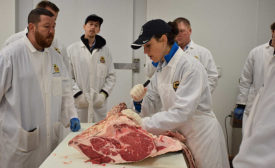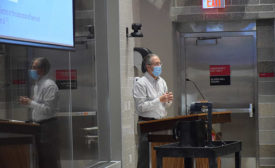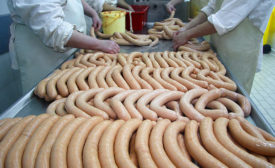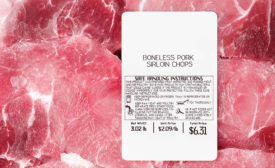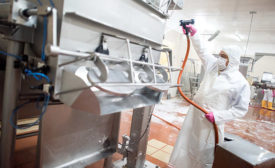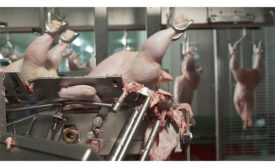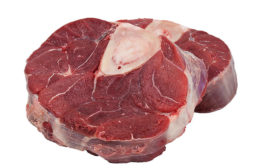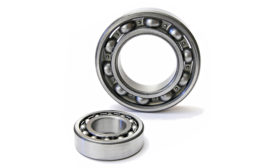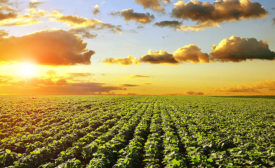Meat and Poultry Processing
Product Focus | Tools
Butcher training covers safety, yield and repetition
Read More
Independent Processor | Cover Story
Setting a new standard in Meat Science Education
The new Meat Science & Animal Biologics Discovery building at the University of Wisconsin-Madison explores the future of meat science education.
Read More
Tech | Sanitation
Sanitizers get back to basics
When it comes to sanitizing products and equipment, there is an increased interest in materials that have been around for years but not fully utilized.
Read More
Tech | Slicing
Embrace best cutting technology and methods to boost product yield.
Keep cutting in the crosshairs
Read More
Cover Story | Organic
Organic’s time to shine
Bell & Evans spearheads initiative to ensure growth in organic chicken by partnering to significantly boost organic grain production in the U.S.
Read More
Stay ahead of the curve. Unlock a dose of cutting-edge insights.
Receive our premium content directly to your inbox.
SIGN-UP TODAYCopyright ©2024. All Rights Reserved BNP Media.
Design, CMS, Hosting & Web Development :: ePublishing
